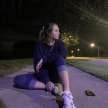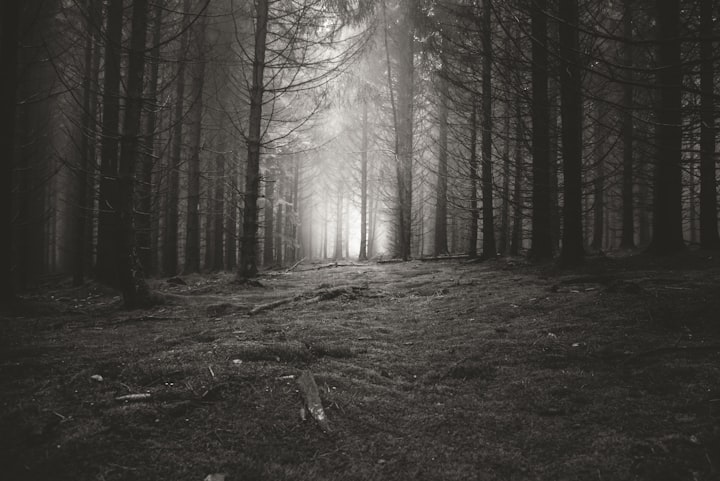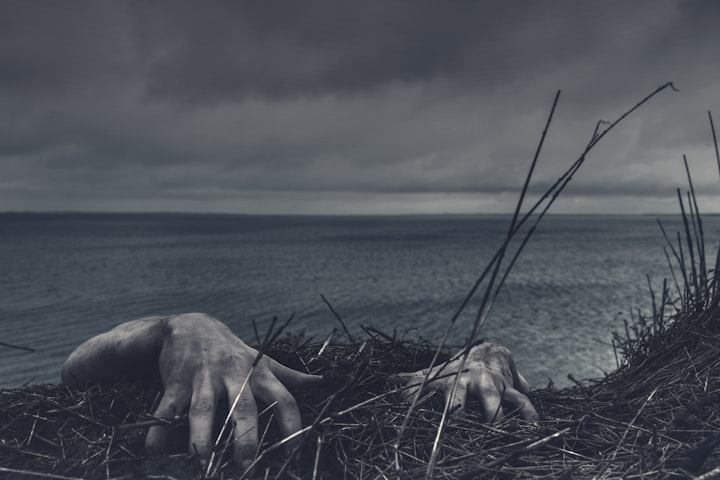Keep This in Mind When Writing Scary Stories
Four pieces of advice I've learned about the horror genre.
It's almost Halloween. I try to become more festive as we get closer to the official start of autumn. This means incorporating the change of atmosphere in my creative pursuits.
Writing horror stories is a challenging endeavor, something that I've rarely attempted. For one, writers can't rely on jumpscares to shock audiences. Since written work is subject to different interpretations, it can be hard to create a scary setting that everyone finds off-putting.
Thus began my deep dive into concepts and ideas I had shelved years ago. After reading through several old manuscripts and looking into my old plot points, I finally found a few reasons my scary stories just didn't work. Like all my writing posts, these are tips I've discovered from my experience.
- You need a solid concept to build on.
I know this seems obvious but bear with me. Having a consistent scare factor is what helps me develop world-building. It starts with me finding one concept that is scary to me and expanding on it.
An example of this would be finding objects unusually out of place. This idea falls through if I only show one instance where an item is missing from its usual spot. If I incorporate too many of these baselines, it can make it harder to create a coherent storyline.
Say I use the concept of objects unusually displaced. I would have trouble incorporating the fear of the unknown since the characters would have to be attached to the setting to notice something is "off." Maybe a visitor wouldn't mind an extra jacket on a coat hanger, but the owner of the house definitely would.
- Add more details to the setting.
With the horror genre, world-building is a bit trickier. Having a looming, ominous atmosphere is a great way to foreshadow what's to come. The importance of a solid setting makes the writer prone to falling into cliches. Old Victorian mansions and isolated barns are staples in this category, and for a good reason. They're downright creepy when described correctly. Not to say you can't use old mansions and barns. You absolutely can, but be specific.
One of the most important things I learned during this dive is that these settings need to be fully fleshed out. I've noticed that in this genre, characters will stay in a select few areas. If you're writing about a haunted house, chances are, your characters will be spending a lot of time there.
Are there creaky floorboards? Add it. Are the windows foggy from lack of maintenance? Add it. Does the property sit on an old stretch of land? You guessed it. Add it. Of course, your details should be more specific than that.
- Develop the main characters.
This is a piece of advice I completely lost sight of when I tried to write scary stories. I was so focused on the external workings of the world that I forgot the golden rule, "your characters should be driving the plot."
Now that I think about it, this rule applies perfectly to this genre. Your characters' choices, opinions, and actions play a critical role in the story. Having a character who is an observer, especially in the first person, dulls the effects of world-building. It can be a little intimating because I've noticed that readers are way less lenient with horror protagonists. The scary ongoings should lace into the character arcs in some way, shape, or form. Having competent, likable, and refined characters is key.
- Find a solid perspective.
I have an entire post dedicated to figuring out which perspective to write in (https://vocal.media/education/how-i-chose-what-perspective-to-write-in) but, I cannot stress the importance of it when writing a survival/horror piece.
To give a brief summary. Use the first person in a world with minimal world-building; use the third person in a world with expansive world-building. You can easily understand why this would break the flow of a scary story.
I think the first person is perfect for this genre. The effects of fear, paranoia, and suspense are all easier to convey in the first person. If your plot hinges on the choices of the character, showing their motives helps develop the story.
Of course, it's possible to use the third person in scary stories. I'm sure hundreds of authors have. The biggest hurdle for me to jump is immersion. How do I make a reader feel immersed in a third-person point of view while keeping the story flowing? That's one of the dots I haven't been able to connect, but if you're willing to do so, go for it.
I think the main issue I had was overthinking the process itself. Scary stories have a different objective than your typical fantasy or contemporary piece. So, it's helpful for me to remember the bare basics when I try to write in this style. Start with one scary concept and build from there, like you would a theme. Determine the world-building and in terms the perspective. Lastly, you want to make sure that the characters are solid. Hopefully, this helps keep you out of the dark (ha!) when starting this genre. Happy writing!
About the Creator
erinhastoomanybooks2.0
Hello! Welcome to my page where I love posting about crystals, design, writing tips, and more! You can find me on Instagram @erinhastoomanybooks2.0







Comments
There are no comments for this story
Be the first to respond and start the conversation.